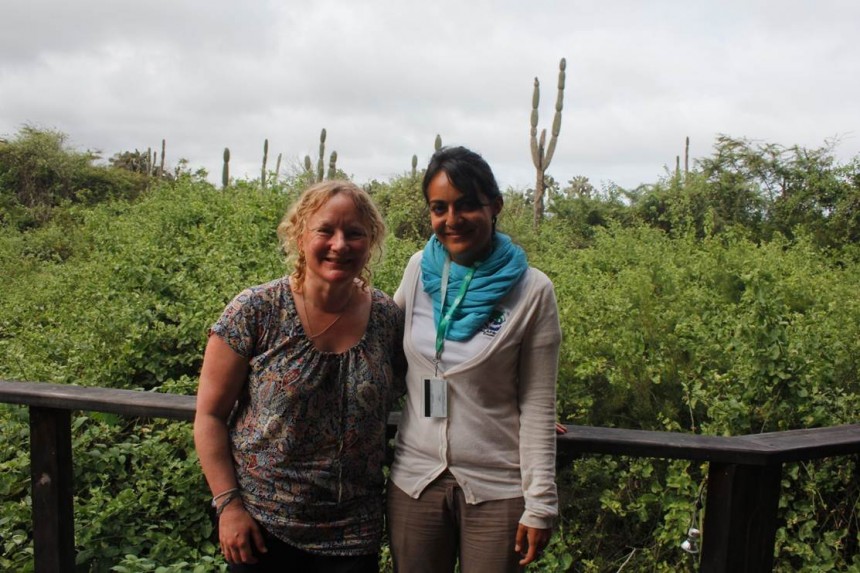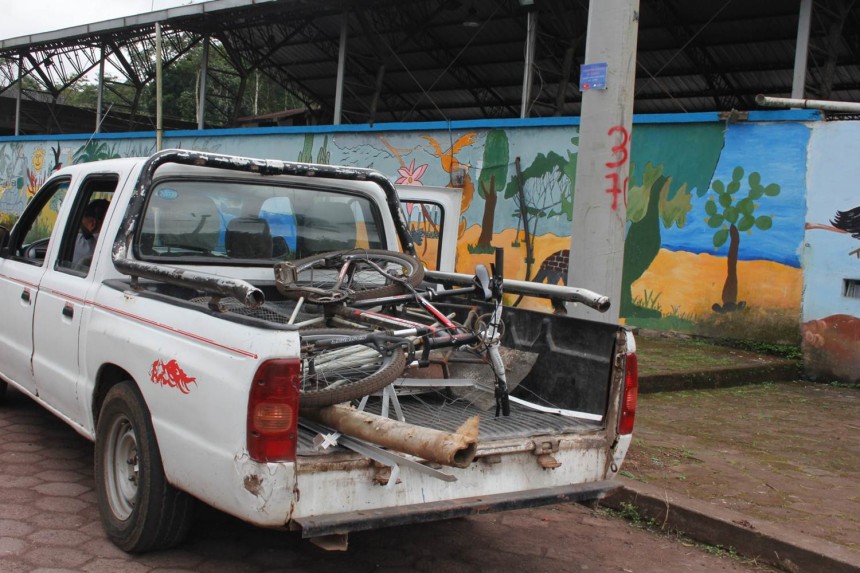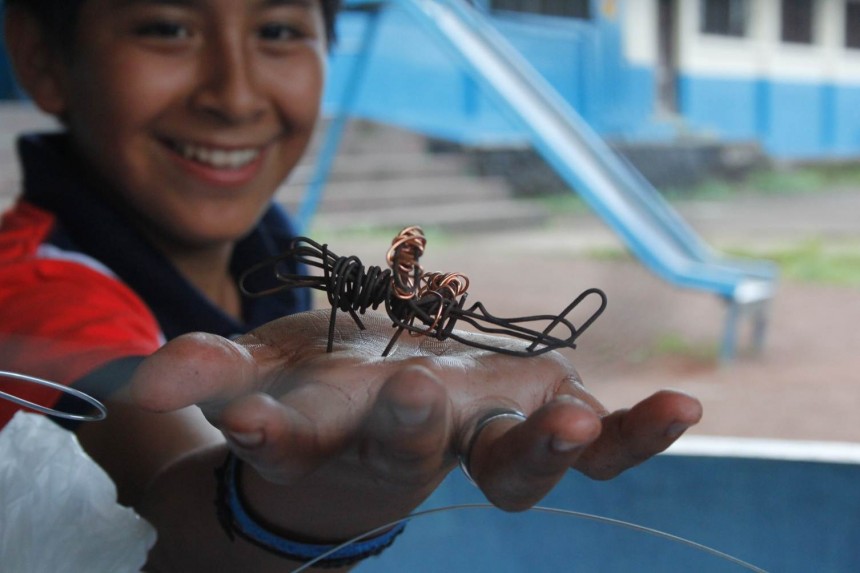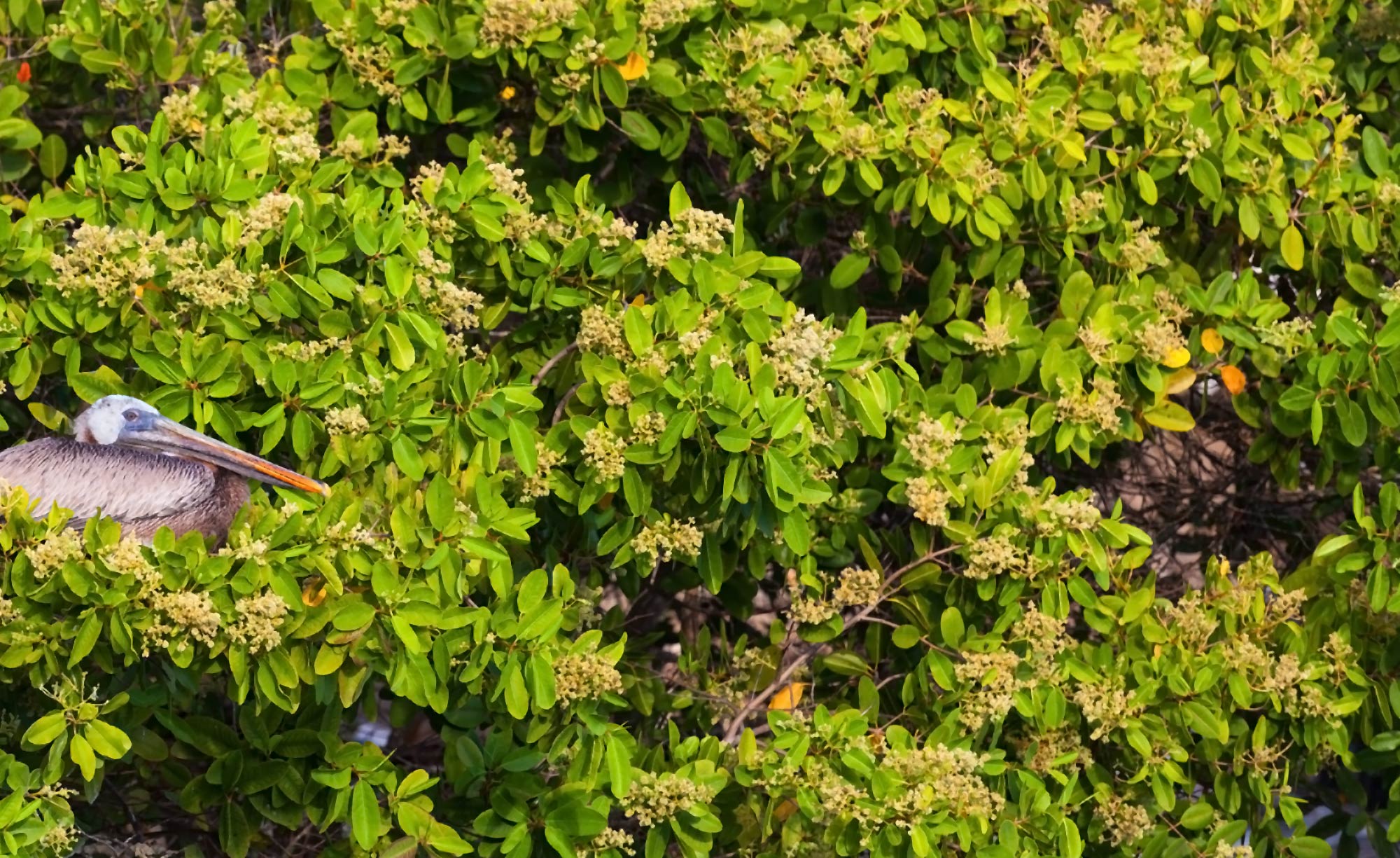A sustainable society is where groups of people work well together to create a good quality of life for everyone.
What makes a sustainable society?
For a society to be sustainable, we could say that everyone should be equal regardless of their ethnicity, religion, gender, age or how much money they have. This is called equality. This could mean that everyone has the right to vote for their community leaders (such as the mayor), or that they get fair wages.
When we think about what makes a sustainable society, we sometimes think of education and healthcare as being amongst the most important parts. If it is hard for children to get an education (the nearest school is too far away) and there is no access to doctors when people are unwell, this could lead to problems for the future of the community.
Case Study: Art and Recycling on Galapagos
If a community can meet their basic needs (such as access to schools and medicines), art and music are able to flourish and evolve, creating a society which not only survives, but is also enjoyable and inspiring to live in. We spoke with Charlotte Moreton about art, sustainability and, of course, her favourite Galapagos species!

The artist Charlotte Moreton and Valeria Tamayo © Charlotte Moreton
Q: What first inspired you to want to visit the Islands?
I have been mesmerised by the Islands and their story since childhood, and I read The Origin of Species at an early age. Darwin and David Attenborough have both had a huge influence on my thinking, and I am not alone in that! A living laboratory, an unspoilt (mostly) wilderness so very different to any other, tame and abundant wildlife, gems of idiosyncratic evolution! I had thought it was a place that ordinary folks couldn’t, or shouldn’t, go to – the visitor’s footprint is too heavy, and it’s expensive, and 7,000 miles away from home – so I somewhat surprised myself with the decision to go. I wanted to make the most of it – to gather enough inspiration for a lifetime and to give something back. I was advised by a sculptor friend that the first thing I should do was to join the GCT – what a great move that was!
Q: How did you become an artist?
I have always been an artist, so it wasn’t a conscious decision. It is my way of trying to make sense of the world, and finding out how things work; and when looking at something amazing, to fix it in my mind. Once you have drawn something, and studied it for as long as that takes, you don’t forget it. Even more so when making a sculpture starting with a skeleton that articulates in the right way. And it’s a terrific way of communicating ideas to any audience. While studying and working in Ecology, I was pursuing the same line – making sense of the natural world I love so much – and now use them together – still trying to understand more and to help others in their understanding of our natural world, and how we interact with it. I am now mostly a sculptor, using a huge range of media (bronze, steel, plaster, clay, willow, wire, even paper) and scaled from tiny to huge via life-sized, and also draw continually, and paint a bit. Print making is something I’m starting to look into in greater depth. Many artists focus on one medium, but I still find I want to express different things about what I see in many different ways, and shall keep learning for ever. I started to teach art through necessity, only to find that I adore it – enabling others to make extraordinary things and really understand creatures from the inside out, and why each is so amazing in its own way.

Art materials come in all shapes and sizes © Charlotte Moreton
Q: Tell us more about your project.
Rubbish disposal is a problem everywhere, especially on islands where there is no “away” to throw things into. The GNP are working to raise awareness of this. The collection of recyclable rubbish is very good, however, so this was an obvious material to work with. We were using material that was pausing on its journey to be recycled, and doing something useful on the way. The taxi driver, the recycling centre and the school were all quite surprised when I turned up with a pile of metal scrap. I had taken a roll of copper wire and pliers with me to the Islands, just in case, but there were lots of useful bits and pieces to work with. GCT put me in touch with a school in Bellavista, Santa Cruz, and we arranged a few after-school sessions. The children were very enthusiastic, and were quick to pick up ideas, creating their own inventions after a demonstration. We made life-sized sculptures of tortoises and a flamingo, and on another day we made tiny wire animals using fine wire. At the end of each session there were always many more children than at the beginning, and they were sad when the sessions came to an end. All good indications!
I also joined GNP’s Environmental Management trainees (aged 15/16) for a session of rubbish-gathering from the edge of the protected zone. 300 people collected 4 tonnes of rubbish in a day, and I made a sculpture from some of it. Again, adding a joyful stop on the journey to be recycled. The youngsters thought this was great, if unexpected!
Q: What would you like to do in the future?
How long have you got? Art in general is a fantastic way to foster creative thinking in all walks of life. It is a brilliant tool for communication and to really understand in depth the structure of things (wildlife, landscapes, human impact) and how they interact. The time taken to create art, and deep thought required, results in a greater understanding of the subject matter, and often an emotional bond, which opens the door for conservation effort, both for the artists and their audience. The dexterity developed in making art also comes in very handy for everyone.
Q: Now the question everyone has been waiting for, what is your favourite Galapagos species?
It has to be the waved albatross, though the flightless cormorant comes a close second, and all the rest crowd in closely behind! That is why I chose to visit in June. Coleridge started the line of thought: harming the albatross is a deeply terrible thing to do! As the late Sir Terry Pratchett once said, “Once you have had that look, you are theirs ‘til the end of time”. (Actually he was talking about the orangutans that held a similar position in his heart). They look you in the eye, and you immediately become their slave. Perfection of design: a sleek, beautiful gliding machine in the air and endearingly clumsy on land, neatly folding away the long long strappy wings. They are great dancers, chat and mate for life. Vulnerable, too – there is much we can do to protect their future, starting with communicating their case.
You can learn more about Charlotte’s work by visiting her website.

A sculpture made from scrap metal © Charlotte Moreton
Previous: Sustainability Principles – A Sustainable Environment



